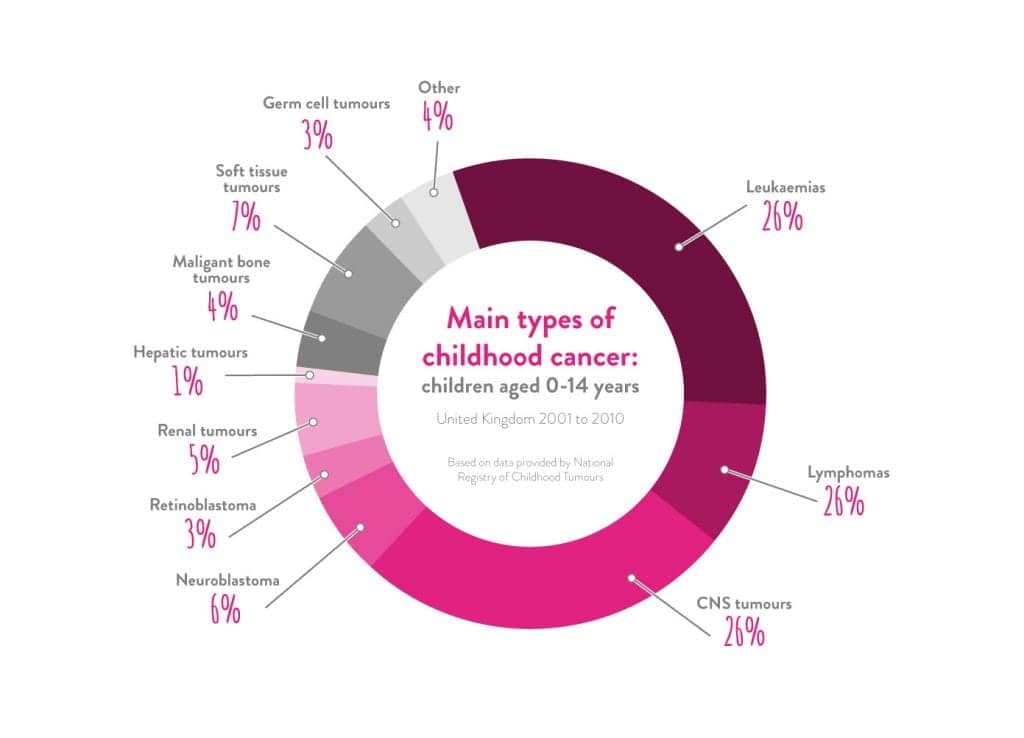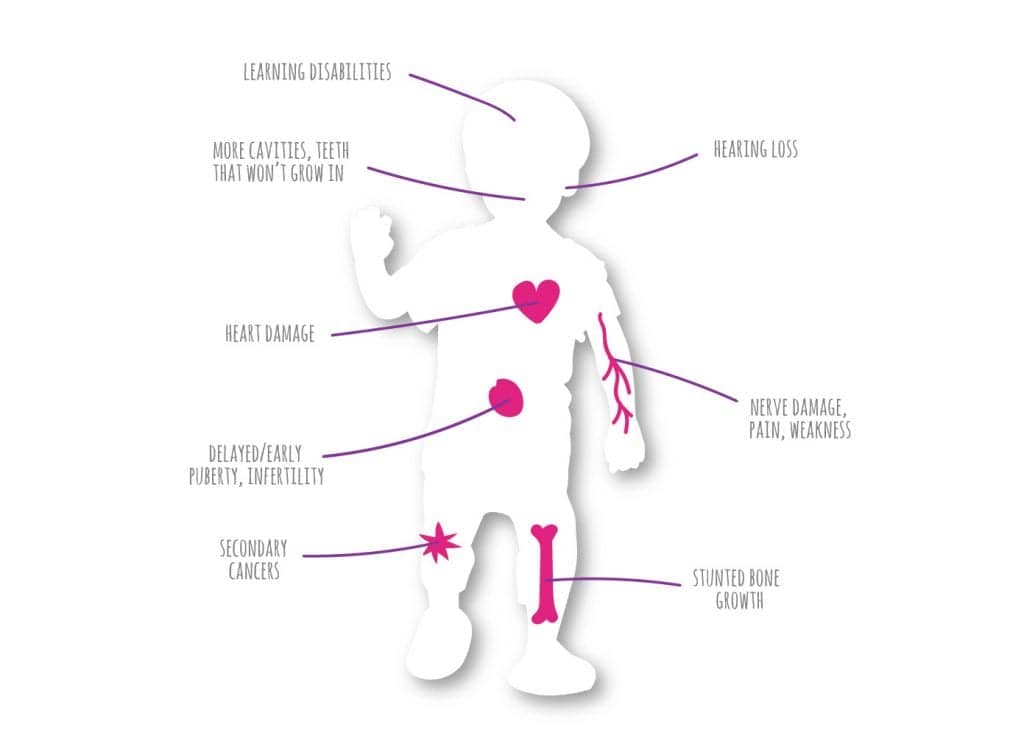JOSH'S STORY
In February of 2021, Josh’s parents noticed he was getting very pale. What was originally thought to...
Read MoreWe have all been there, scrolling through Twitter when suddenly hundreds of pictures of dogs appear in your news feed as another national day starts trending. In the UK alone, there are hundreds of days dedicated to raising awareness of everything from people’s favourite dish to health issues that affect us all.
Aside from giving us an excuse to post on social media, why are these days so important?
Affecting 1 in 500 children before the age of 14, it’s not uncommon for many of us to never encounter childhood cancer, let alone read about it. And that’s the problem, many people have just never heard about the issues surrounding childhood cancer.
We all know that the more people who know about problems in the world, the more likely we are to trigger change, and that’s what makes awareness days so important.
Throughout the year there are a range of events and awareness days that you can get involved in to help raise awareness, and to get you started we have put together five facts about childhood cancer that you may not know. You can use them to strike up conversation over a coffee, or even share them on social media. Every conversation, no matter how big or small will help to raise awareness!

Childhood Cancer is different to adult cancer
Typically the types of cancer that are found in children are different to those found in adults. Children are affected by cancers that affect the blood, lymph system, brain, liver or the bones. Although they can occur, it is less likely for a child to be affected by cancers such as prostate, breast, colon or lung.
Some children’s cancers have a 99% survival rate
Thanks to advancements in science some children’s cancer actually have a high survival rate. For example, those diagnosed with retinoblastoma (cancer affecting the eye) can expect a 5-year survival rate of 99%. However some cancers have a poor survival rate, with some childhood cancers having a survival rate of just 25%
Children’s bodies react differently to traditional cancer treatments
Cancer develops when our cells divide rapidly out of control, so traditional chemotherapies are designs to attack these cells. In adults, rapidly dividing cells are found in the hair and gut, which explains the common side effects of hair loss and nausea. In children however, most of the body’s cells are still dividing as part of the normal growth process, so treatments damage a lot more healthy cells which are necessary for the healthy development of a child.

60% of childhood cancer survivors will suffer late-effects
The damage caused to healthy cells can lead to lifelong disabilities in childhood cancer survivors known as late-effects. Late effects can include mobility issues, organ problems, psychological and developmental issues and in some cases infertility.
There are a lack of child specific treatments
Because children’s bodies react differently to cancer treatments, and because children’s cancers are different to adults – specific treatments are needed for children’s cancer. However in the last 20 years only three new cancer treatments have been designed specifically for children meaning harsh adult treatments are often used.
In February of 2021, Josh’s parents noticed he was getting very pale. What was originally thought to...
Read MoreWhat a whopper of a night - Friday 20th May, our ambassador Isla's mum Jill and family hosted...
Read MoreWe want to say a huge thank you to Lee Mossop, former Captain of RFL Salford Red...
Read More